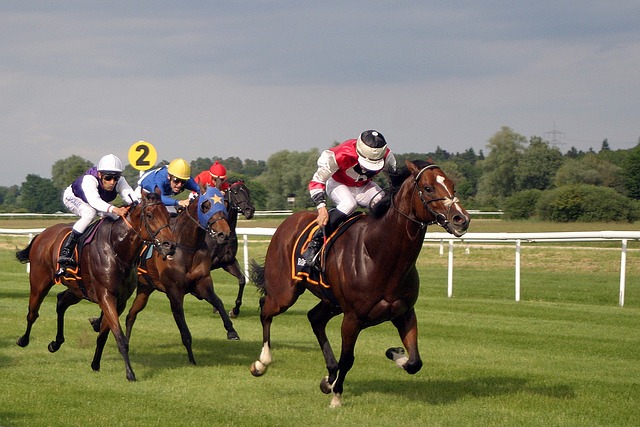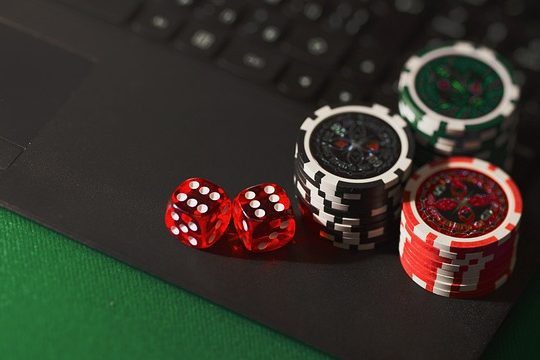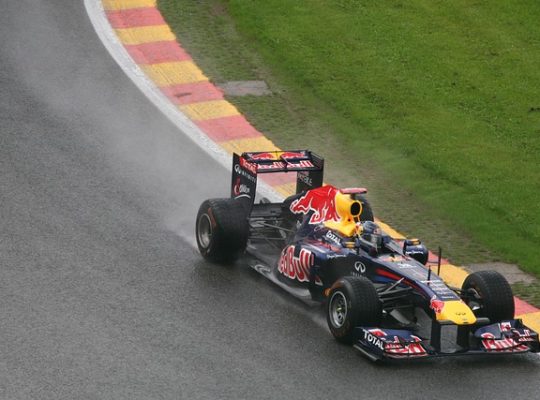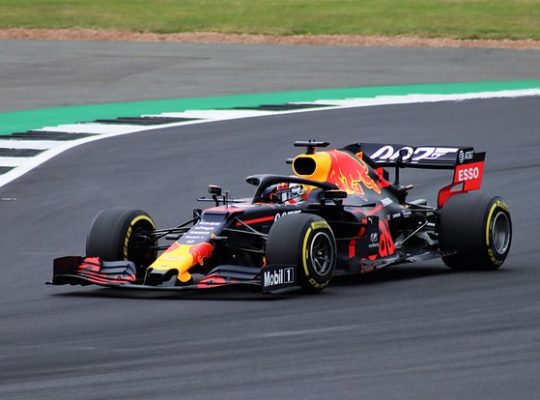The Oscar Grind strategy is one of the classic game systems used on financial exchanges and casinos, and in an adapted form – in sports betting. Oscar Grind helps to organize the game and accept a possible loss as an integral attribute of the game.
Well, you can try your strength and skills in betting simply and online from your smartphone, just by visiting Bet22.
Oscar Grant’s Strategy

To call this principle of the game “Oscar Grind strategy” is not entirely correct, since it seems that Oscar is a name, and Grind is a surname. In fact, the word “grind” is the English grind, which means routine. It designates a system of routine manipulations during the game, with the help of which you can achieve a minimum profit. This is the essence of the strategy, which was first used by a semi-mythical player named Oscar in a casino, and was described for the first time in the book “Casino Player’s Guide” by Allan Wilson back in the middle of the last century.
Oscar Grind is also used on financial exchanges as a tool for calculating the next step in the course of trading, but in sports betting it can be used for the same purpose if the strategy is adapted to the specifics of bookmakers. The main problem with using this strategy in betting is that, unlike casinos, there are no equally probable outcomes with odds of 2.0 due to the fact that bookmakers put a margin percentage in the line that changes the probability of winning from the bettor.
Example of Using the Strategy
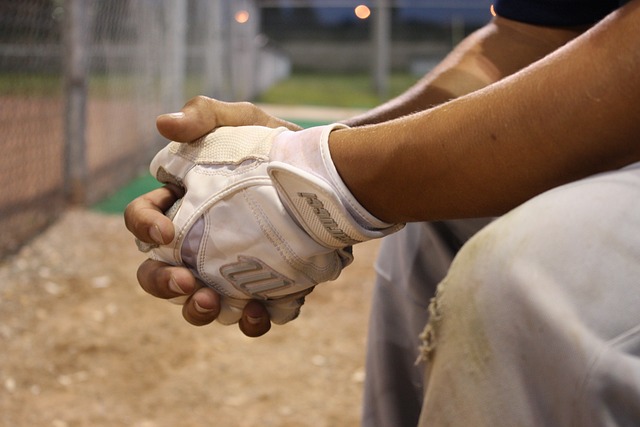
Let’s analyze this strategy using an example, where, for the simplicity of the experiment, we will take bets with a coefficient of 2.0 as a basis. It is clear that it is difficult to regularly find such coefficients in a line, and there is no need to do this, but now we will take this coefficient as ideal to understand the scheme of the game. We will bet $ 10 each, and our bank, respectively, will be $ 100. Our goal is to get $110 in the bank. After that, we stop the chain and start it again.
- The first bid. The amount is $10. Result – the bet was not played. The bank is $90.
- The second bid. The amount is $10. Result – the bet was not played. The bank is $80.
- The third bid. The amount is $10. The result is that the bid has gone in. The bank is $100.
- The fourth bid. The amount is $20. Result – the bet was not played. The bank is $80.
- The fifth bid. The amount is $20. Result – the bet was not played. The bank is $60.
- The sixth bid. The amount is $20. The result is that the bid has gone in. The bank is $100.
- The seventh bet. The amount is $30. The result is that the bid has gone in. The bank is $130.
This completes the cycle, and we have +$30 in the bank with three out of seven bets guessed. As you can see, we left the bet amount unchanged when losing and increased it by one unit ($10) when the bet was playing. After the amount of the bank has exceeded the required amount, we start all over again, and the plus is either withdrawn from the bank for our own purposes or left there as insurance. The ideal pot size is 12-15 times the minimum bet.
During the game, various options are possible – the “drain” of the entire pot is also likely, but according to the proposed strategy, it is necessary to issue a very unsuccessful series of bets from 6-7 losses, which happens extremely rarely with an experienced bettor. Even in the event of a disaster, you are very likely to accumulate a new bank due to successful previous chains, but ideally you should strive to ensure that such a situation does not happen.

